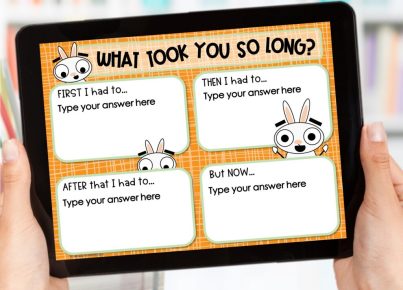Introduction
The world of online education has been steadily evolving, with the introduction of new techniques and technologies that aim to make learning more efficient and engaging for students. Among these innovations lies the concept of “Learn by Doing,” a unique approach that seeks to emphasize practical experiences and real-world applications to better prepare students for their future careers. In this article, we will examine how the “Learn by Doing” model is shaping the next generation of online education in today’s digital world.
The Importance of Learning by Doing
Learning by doing is an effective educational approach that encourages active participation and engagement from students while utilizing hands-on experiences to reinforce key concepts. This teaching method has been embraced across various fields as it enables students with differing learning styles to benefit from the material more effectively.
Key Benefits:
1. Enhanced Retention: Studies have shown that when students actively engage in their learning process through hands-on activities, they are more likely to remember and retain the material than through passive means such as reading or listening.
2. Holistic Development: Learning by doing fosters a well-rounded understanding of subject matter, as it allows students to not only grasp theoretical concepts, but also apply them in real-world settings.
3. Improved Problem-Solving Skills: Students who undergo practical experiences during their education develop stronger problem-solving abilities, equipping them with the necessary skills to address complex challenges in both academic and professional settings.
Emerging Trends in Online Education Promoting “Learn by Doing”
The global shift towards digital learning has paved the way for novel approaches that support “learning by doing.” A few notable trends include:
1. Gamification: Online educational platforms are increasingly adopting game-based elements such as points, badges, and leaderboards to encourage active learning and improve student motivation.
2. Virtual Reality (VR) & Augmented Reality (AR): Immersive technologies like VR and AR are allowing students to participate in simulated environments that closely resemble real-world situations, fostering practical skill development and a deeper understanding of subject matter.
3. Collaborative Learning Environments: Online platforms are now facilitating collaborative learning experiences, where students can work together on group projects, participate in discussions, and even contribute to virtual labs.
4. Project-Based Learning: More online courses are adopting project-based curriculums to promote the application of acquired knowledge into tangible outcomes, such as building prototypes, creating multimedia presentations, or developing software applications.
Final Thoughts
The next generation of online education emphasizes the importance of “Learn by Doing” as a central component of their learning strategies. By adopting innovative teaching techniques that prioritize hands-on experiences and real-world applications, educational institutions can better prepare students for successful careers in today’s digital world. As these practices become more mainstream, we can expect to see a revolutionized educational landscape where students not only gain knowledge but also develop the essential skills needed to thrive in an increasingly competitive and fast-paced global market.





